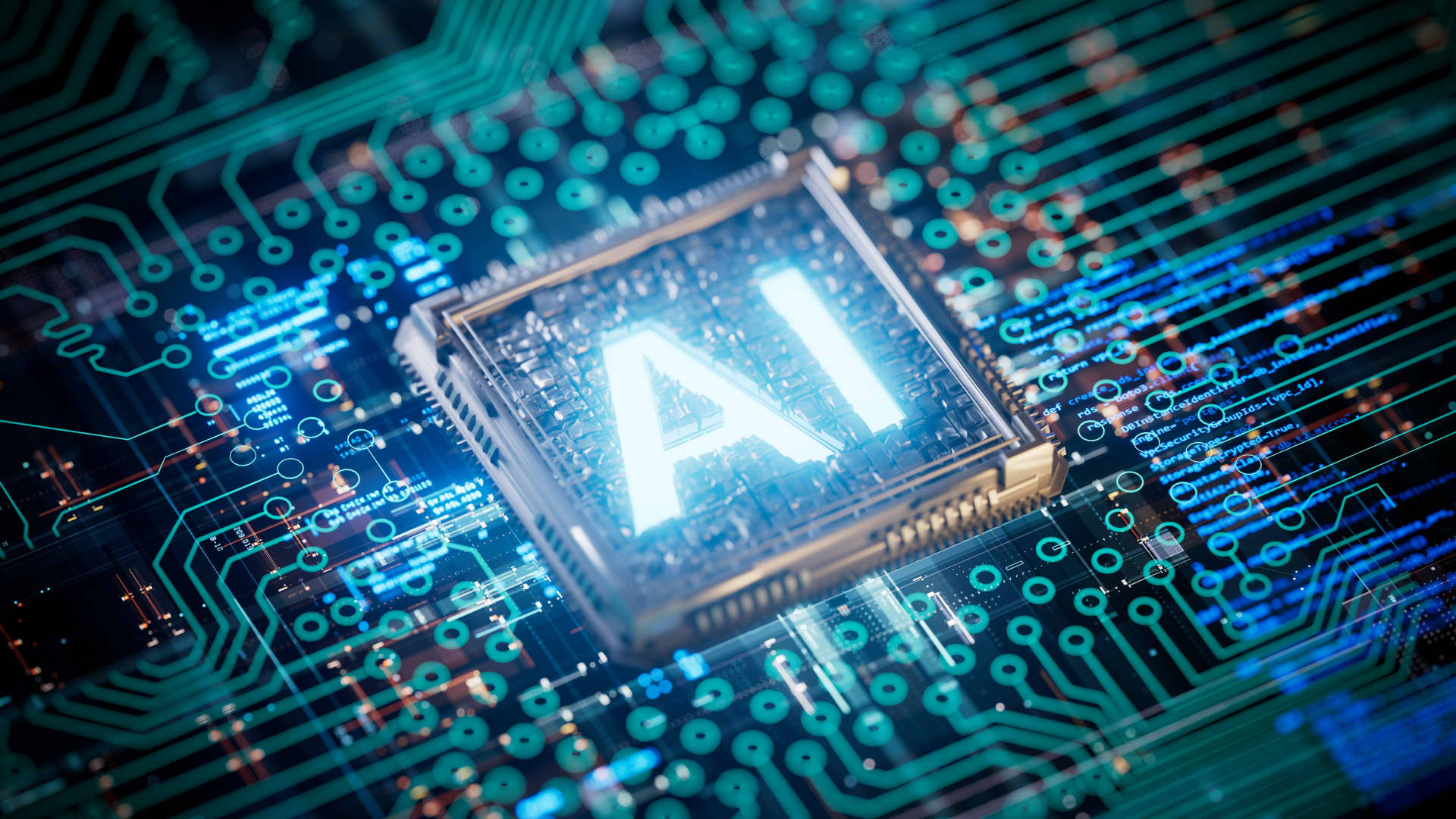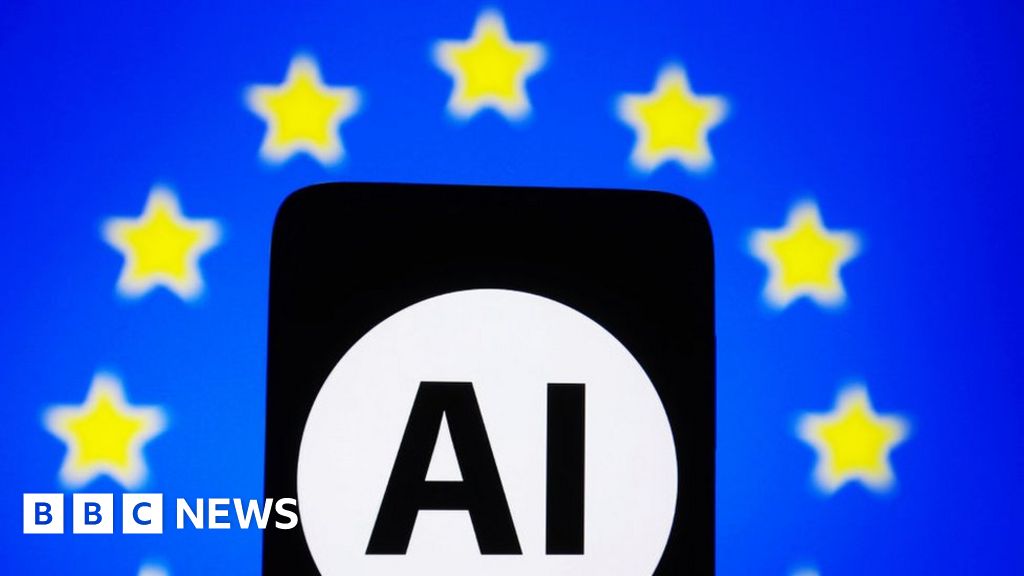The European Union’s parliament has passed the world’s first regulatory framework for artificial intelligence (AI). The EU AI Act, born in 2021, establishes categories of AI risk, from unacceptable to low hazard with corresponding regulations.

Also Read: 75% US Teens Feel Happy or Peaceful Without their Smartphone
The Act is set to enter into force at the end of the legislative session in May, pending final checks and endorsement from the European Council. Implementation is expected to commence from 2025 onwards.
After brokering provisional political consensus in December, the European Union Parliament endorsed the AI Act with 523 votes in favor.
The AI Act bans certain AI applications with threatening to citizens’ rights, including biometric categorization systems, emotion recognition in workplaces and schools, and social scoring.
It also imposes strict rules on high-risk AI systems used in critical sectors such as healthcare, law enforcement, and education.
The legislation mandates transparency requirements for AI systems including clear labeling of AI-generated deepfakes and disclosure of data sources used in training models.
Citizens have the right to launch complaints and receive explanations regarding AI decisions affecting their rights.
While the AI Act is set to enter into force at the end of the legislative term in May, full implementation will be from 2025 onwards. This approach allows time for businesses and governments to adapt to the new regulations.
Legal experts view the European Union AI Act as a milestone in international AI regulation, making the way for other countries to follow suit. With its set of regulations the EU plans to establish itself as a global leader in trustworthy AI governance.
Also Read: Sony PDT-FP1: 5G Portable Data Transmitter for Broadcasting
Businesses will need to collaborate closely with lawmakers to go through the evolving AI technology and ensure compliance with the new regulations.
The European Union’s action stands in contrast to the United States, which has yet to make progress on federal AI legislation.
While China has introduced some AI laws, the EU AI Act sets a new standard for regulating AI technologies worldwide.
To support innovation and SMEs the AI Act introduces measures such as regulatory sandboxes and real-world testing planning to foster responsible AI development while protecting fundamental rights and values.
The AI Act categorizes AI applications based on their risk level, with high-risk applications subject to regulations.
It bans certain AI practices that threaten fundamental rights, including biometric categorization systems and emotion recognition in workplaces and schools.
The legislation prohibits social scoring, predictive policing based solely on profiling and AI manipulation of human behavior.
Also Read: Google Pauses Gemini AI Image Generator After Historical Inaccuracies
It outlines strict obligations for high-risk AI systems including risk assessment, transparency, accuracy, and human oversight.
General-purpose AI systems must meet transparency requirements including compliance with copyright law and publishing training data summaries.
Regulatory sandboxes and real-world testing will be established to support innovation with a focus on accessibility for SMEs and startups.
Lawmakers and experts hail the AI Act as a milestone in international AI regulation positioning the European Union as a global leader in AI governance.
The Act is viewed as a starting point for a new governance model centered around technology, addressing human-centric AI development.
Final adoption and endorsement processes are underway with expectations for full applicability within the next few years.
The European Union’s approach contrasts with the lack of progress in the United States where federal legislation for AI remains pending.
China has introduced AI laws, while the European Union’s framework sets a new standard for trustworthy AI regulation globally.
Also Read: Fujifilm X100VI: a Cutting-edge Compact Digital Camera






















